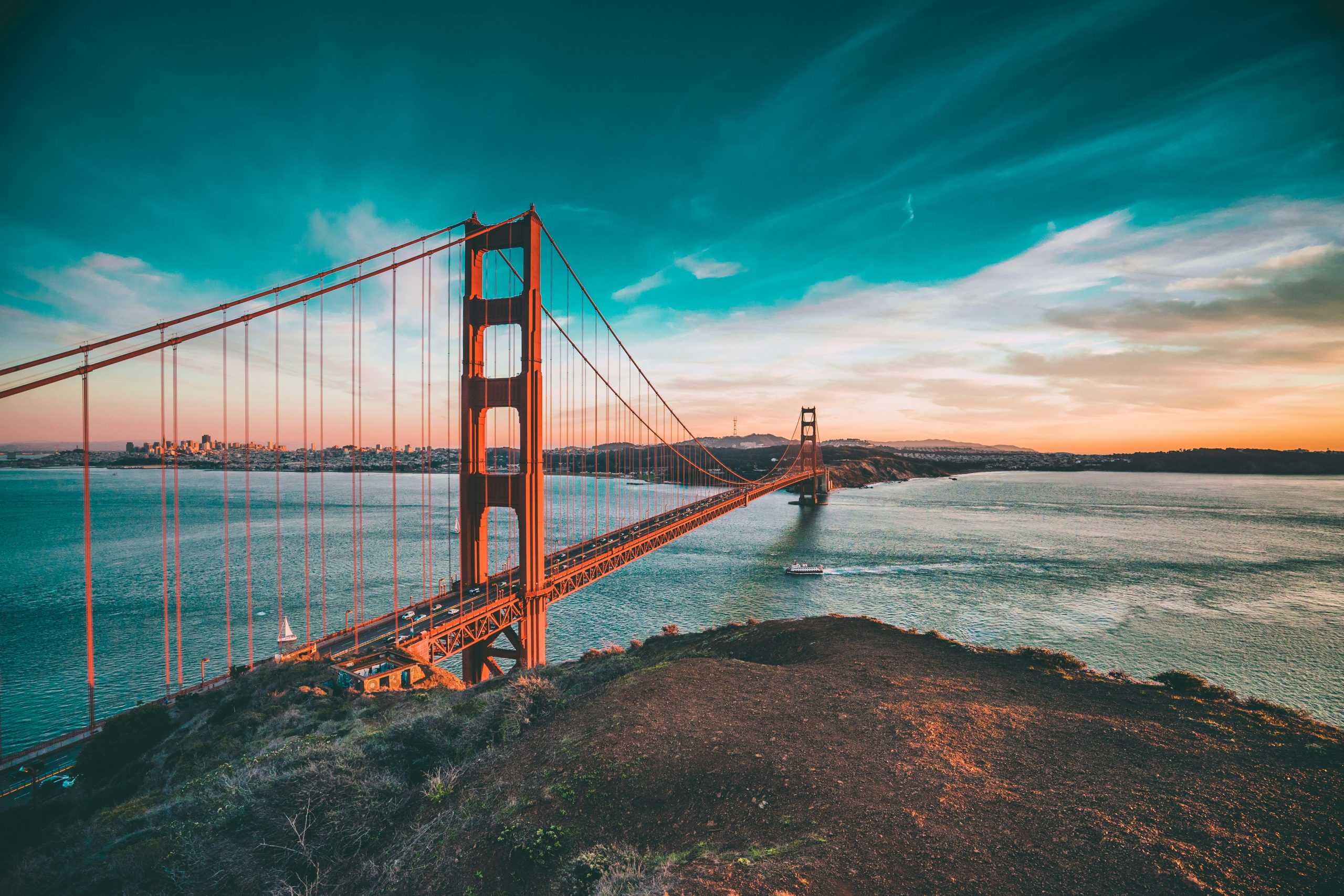How Modern Bridges Adapt to Transportation Needs
Bridges are more than just a means of crossing over bodies of water or impassable terrain. They are vital structures for the transportation of goods and people, connecting cities, states, and countries. As technology and infrastructure continue to advance, bridges have evolved to meet the changing needs of transportation. In this article, we will explore how modern bridges have adapted to the ever-evolving transportation needs of our society.
The Evolution of Bridges
The earliest bridges were built using simple materials such as wood and stone, with the main goal of providing a safe and efficient way to cross over bodies of water. As transportation needs grew, so did the complexity and design of bridges. From the arch bridges of ancient Rome to the suspension bridges of the 19th century, each new design brought with it improvements in strength, stability, and capacity.
The Need for More Efficient Bridges
With the rise of industrialization and global trade in the 20th century, there was a growing demand for faster and more efficient modes of transportation. Bridges had to keep up with this demand and adapt to the increasing weight and volume of vehicular traffic. This led to the construction of larger and stronger bridges, such as the Golden Gate Bridge in San Francisco and the Brooklyn Bridge in New York City.
The Impact of Modern Transportation Needs
The 21st century has seen an exponential growth in global trade and the need for faster transportation. This has placed a greater demand on bridges to not only accommodate heavier loads, but also to allow for quicker travel times. This has led to the development of innovative bridge designs, such as cable-stayed bridges and extradosed bridges, which are able to span longer distances and carry larger loads.
Modern Bridge Design
Modern bridge design has been heavily influenced by advancements in technology and the need for sustainable and eco-friendly solutions. Bridges are now being built with materials such as steel, concrete, and composites, which offer greater strength and durability while also reducing the environmental impact. Cutting-edge computer software and advanced construction techniques have also allowed for more complex and efficient bridge designs.
The Importance of Flexibility
One of the key elements in adapting modern bridges to transportation needs is flexibility. Bridges are not just static structures, they need to be able to adapt to changing conditions and accommodate different types of vehicles. Modern bridges are designed with this flexibility in mind, allowing for the movement of traffic and the expansion and contraction of materials due to weather and temperature changes.
Embracing Sustainability
Sustainability is another crucial factor in modern bridge design. With the increasing focus on environmental conservation and reducing carbon emissions, bridges are being built with features such as LED lighting, solar panels, and even wind turbines. Additionally, the use of recycled and eco-friendly materials is becoming more prevalent, further reducing the impact on the environment.
The Future of Bridge Design
As technology continues to advance, it is certain that bridges will continue to adapt and evolve to meet the ever-changing transportation needs of our society. The future of bridge design will see even more innovative and sustainable solutions, with a focus on improving efficiency, safety, and durability. One thing is for sure, bridges will remain a vital part of our transportation infrastructure for years to come.
In Conclusion
Bridges have come a long way from their humble beginnings, and their adaptation to transportation needs has played a pivotal role in connecting people and goods across the world. From ancient arches to modern cable-stayed bridges, these structures have stood the test of time and continue to evolve to meet the demands of our ever-changing society. With the integration of technology and sustainable practices, the future of bridge design is one of endless possibilities.











